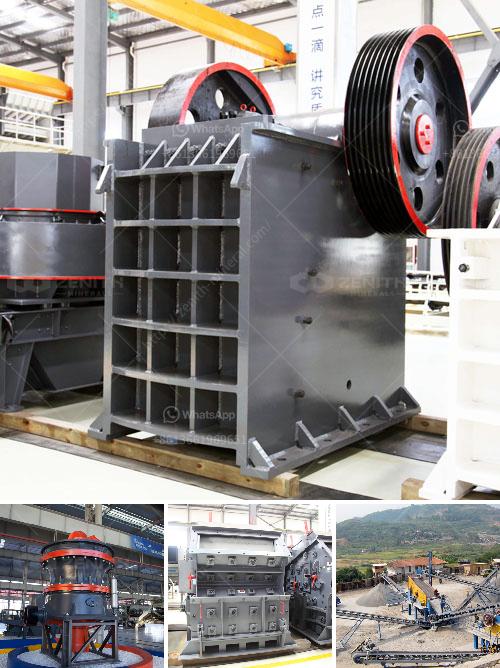Managing a limestone quarry effectively involves numerous steps and considerations to ensure operational efficiency, regulatory compliance, and environmental stewardship. Below are some key aspects to consider:
1. Site Assessment and Planning:
- Geological Survey: Conduct a thorough geological survey to understand the quality and quantity of the limestone deposit.
- Permitting: Obtain necessary permits and licenses from local, state, and federal authorities.
- Environmental Impact Assessment (EIA): Carry out an EIA to identify potential environmental impacts and develop mitigation strategies.
2. Operational Planning:
- Extraction Plan: Develop a detailed extraction plan that outlines the sequence of quarrying activities and techniques to be used.
- Equipment Selection: Choose appropriate machinery and equipment for drilling, blasting, hauling, and crushing.
- Workforce: Hire skilled labor and provide adequate training for safe and efficient operations.
3. Environmental Management:
- Dust and Noise Control: Implement measures such as water sprays and noise barriers to minimize dust and noise pollution.
- Water Management: Ensure proper drainage systems are in place to manage water runoff and prevent contamination of local water sources.
- Revegetation: Plan for land rehabilitation and revegetation post-extraction to restore the ecosystem.
4. Health and Safety:
- Safety Protocols: Establish and enforce strict safety protocols to protect workers from hazards associated with quarrying activities.
- Protective Gear: Equip workers with necessary protective gear, including helmets, gloves, and ear protection.
- Regular Inspections: Conduct regular safety inspections and audits to identify and rectify potential hazards.
5. Quality Control:
- Sampling and Testing: Regularly sample and test the limestone to ensure it meets required quality standards for its intended use.
- Record Keeping: Maintain detailed records of quality control tests and adjustments made during production.
6. Regulatory Compliance:
- Monitoring: Continuously monitor compliance with environmental and safety regulations.
- Reporting: Submit required reports to regulatory bodies and stakeholders to demonstrate adherence to legal requirements.
7. Community Engagement:
- Stakeholder Communication: Engage with local communities and stakeholders to address their concerns and maintain good relations.
- Corporate Social Responsibility (CSR): Implement CSR initiatives that benefit the local community, such as infrastructure development or health programs.
8. Financial Management:
- Budgeting: Develop a comprehensive budget that includes all operational, capital, and compliance costs.
- Cost Control: Implement cost control measures to ensure the financial viability of the quarry.
9. Technology Integration:
- Automation: Consider integrating automation and advanced technologies for increased efficiency and reduced labor costs.
- Software Solutions: Use specialized software for mine planning, resource management, and inventory control.
10. Continuous Improvement:
- Performance Metrics: Establish key performance indicators (KPIs) to monitor operational efficiency and identify areas for improvement.
- Reviews and Audits: Conduct regular performance reviews and audits to ensure continuous improvement in all aspects of quarry management.
Conclusion:
Effectively managing a limestone quarry requires a comprehensive approach that encompasses planning, operational efficiency, environmental protection, safety, quality control, and community engagement. By addressing these areas, you can ensure the sustainable and profitable operation of the quarry.

